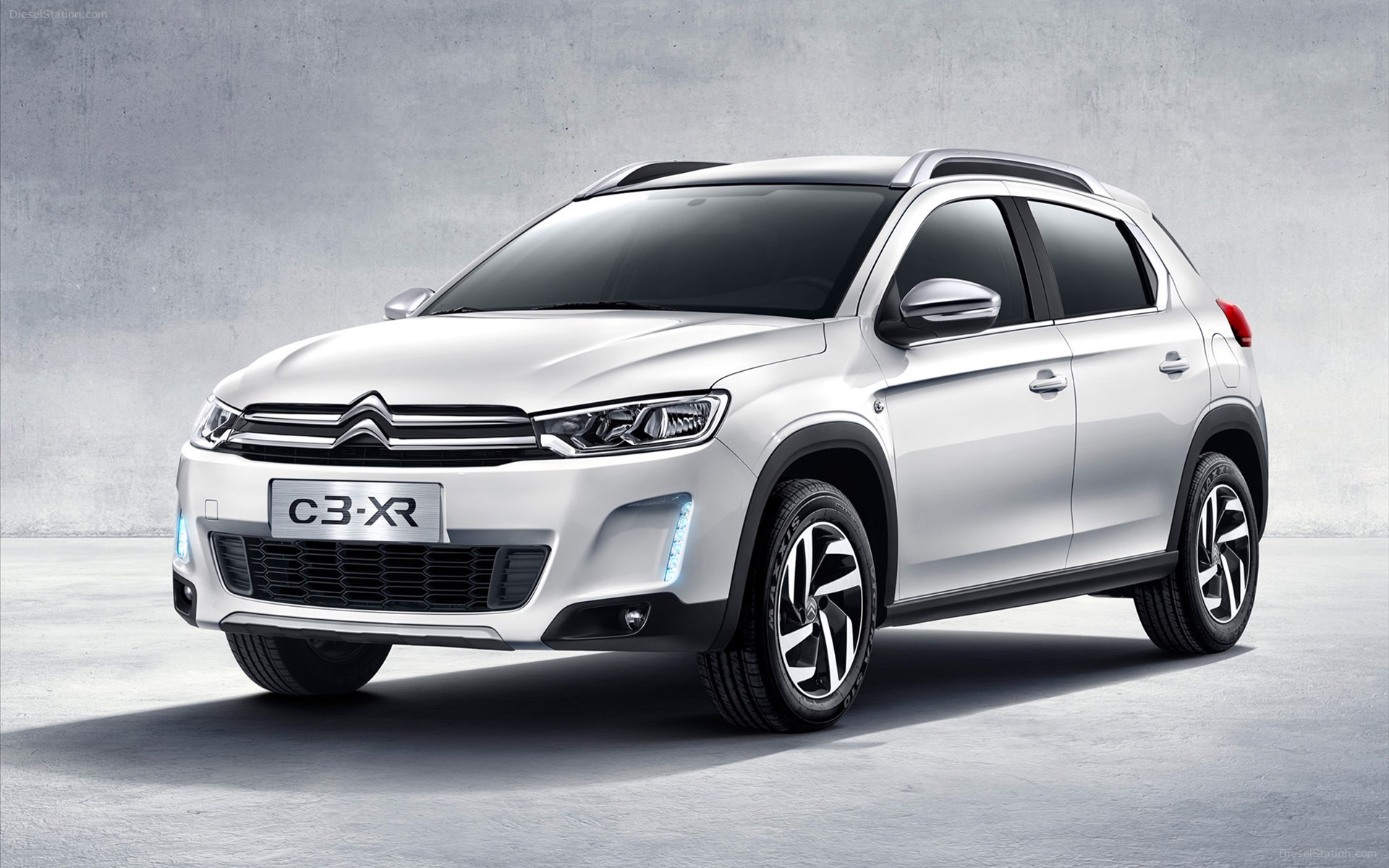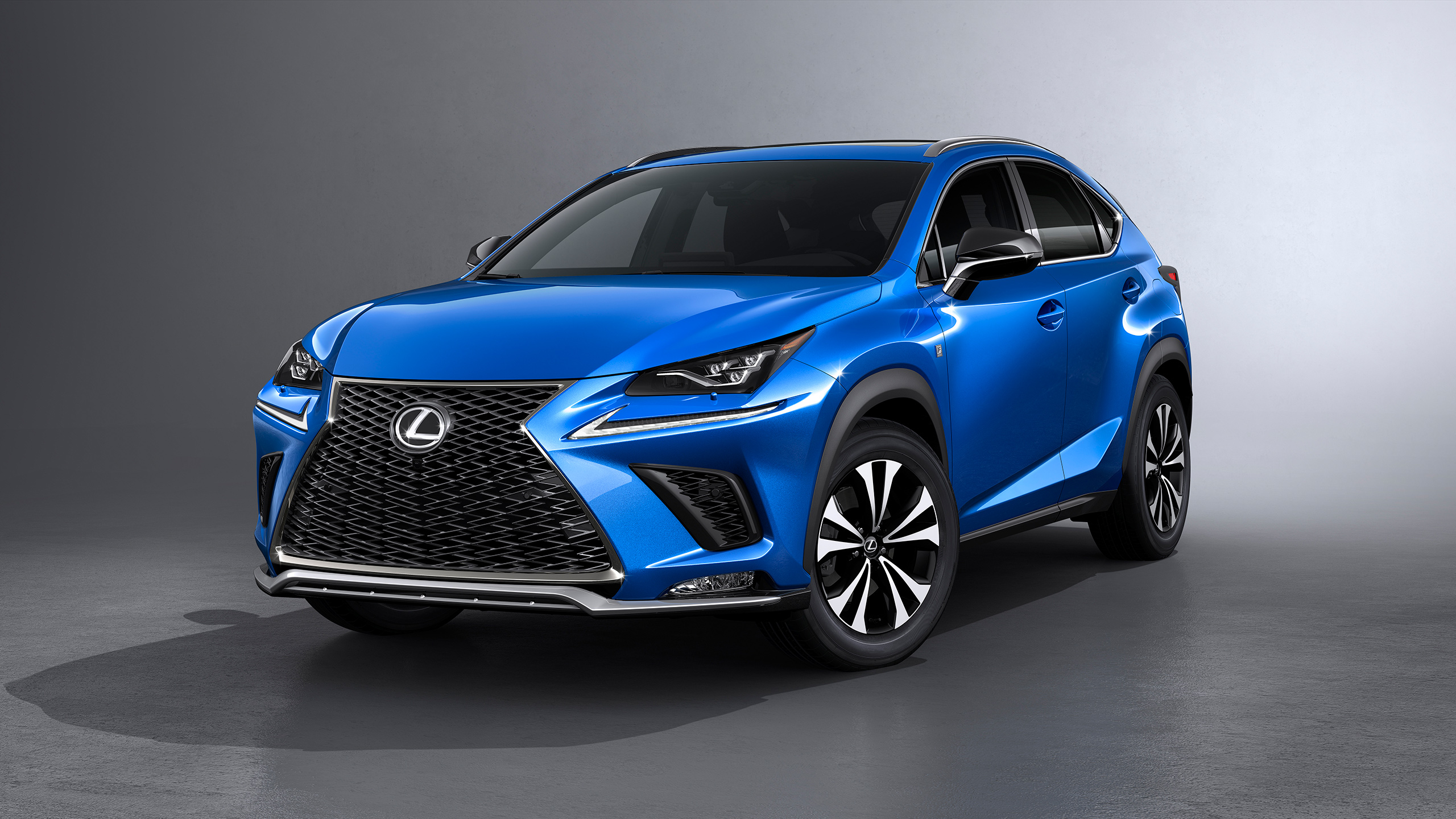


What are the advantages of crossover cars?Ĭrossover-type SUVs initially appeared to plug a gap in the market where people wanted the advantages of an SUV – the off-road capability, extra size and so on – without the disadvantages like high fuel consumption and reduced comfort. However, you could argue that this is merely an argument over semantics, and what’s really important is knowing the advantages and disadvantage of any vehicle you are thinking of buying – so let’s look at this now. On the other hand, if it has body-on-frame construction, it’s an SUV and not a crossover – that much is black and white. Generally speaking, you can refer to anything that has SUV styling (higher ground clearance, sporty appearance, 4-wheel drive etc.) as an SUV, and most people will understand what you’re talking about – even if its unibody frame technically makes it a crossover. So nowadays, many people will loosely refer to anything that looks like an SUV as an SUV – even if, due to its unibody construction, it should technically be called a crossover. To a certain extent, this continues to this day. The point is, back then – and for many years after – as the term “crossover” didn’t exist, people continued referring to these vehicles as SUVs. Examples could be the 1977 Matra-Simca Rancho or the 1979-1987 AMC Eagle. Realizing this, as long ago as the late 70s and early 80s, carmakers began producing vehicles that offered you the best of both worlds. However, the downsides are that they are known for having high fuel consumption, they handle less well than regular road cars and generally give you a less comfortable ride. Traditionally, SUVs give you features like high clearance from the ground and an all-wheel-drive capability, making them good for off-road driving. The thing is, car manufacturers began producing vehicles that might now be considered crossovers well before the word “crossover” started being used. However, things a rarely this simple – so what’s the problem with this definition? Why the confusion? In theory, then, SUV-style vehicles based on a body-on-frame build are SUVs while any SUV-style vehicle with unibody construction is a crossover. However, unibody cars feature an integrated body and frame that are built as a single unit – just like with most road cars. Technically, traditional SUVs are based on a body-on-frame build while crossover cars feature a unibody frame.īody-on-frame means that the frame is separate from the body of the car, which is then fitted on top of the frame. Giving an “official” definition is easy since it’s all about the frame. Most people know that crossover cars are somewhere between SUVs and regular road cars, but how can you tell them apart? If you’re looking for a preview of some of the things we’re going to be talking about, you can also check out this video before reading on. To help you understand what they are and to give you any other answers you need, here, we look at the question, what is a crossover car? However, there is some disagreement over what exactly constitutes this type of vehicle, leaving some people slightly confused. In common usage, it has generally referred to a sporty two-door car, especially in hardtop coupe form, with no fixed center pillar supporting the roof between the front and rear seats.If you are looking for a new set of wheels or are just interested in cars in general, you will probably have come across the term “crossover car”. The word is French, derived from “cut,” referring to a glass panel that cut the front seat from the rear. This is a term that has become the subject of hot debate in car circles lately. Result? We’re saddled with ludicrous “SUV coupes” and “four-door coupes.”Ĭonsidering the turmoil in nomenclature, let’s review some names of various automotive body styles, from coupe to convertible to crossover. As the coupe name looks to be dead, automakers are engaged in some unseemly rifling through their pockets for anything of value. The coupe body style has been particularly hard-hit, as fewer and fewer of the once-ubiquitous two-door cars roll into dealer showrooms with each new model year. We’ve seen the rise of the sport-utility vehicle (SUV) moniker, and as customers rush to SUVs, carmakers are trying to force other labels onto some of their products to help differentiate them.


 0 kommentar(er)
0 kommentar(er)
